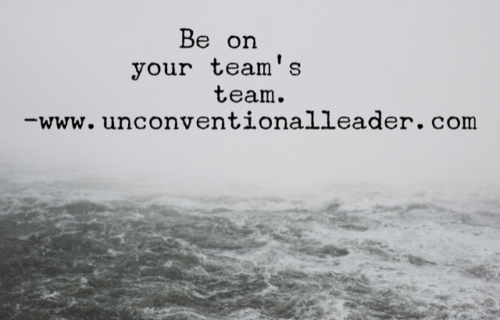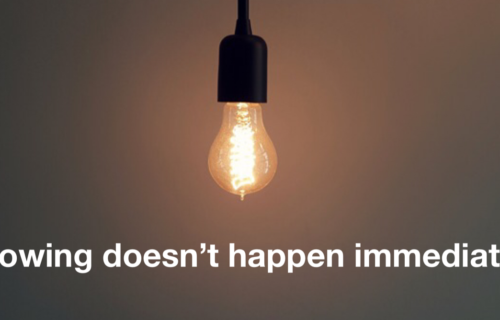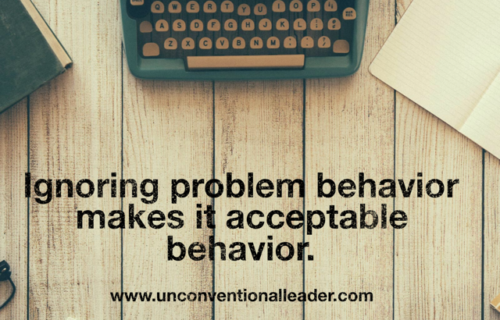How To Get The Whole View!

I can’t hear the Journey song “Don’t Stop Believing” without thinking about my wife, Gwen, singing it at the top of her lungs and playing the air guitar (as she did on one of our first dates). It was because of this delightful escapade that, shortly thereafter, I bought tickets to see Journey live and surprised her with them.
Show date came and the concert was FANTASTIC! As an aside, I didn’t know the lead singer had changed and was surprised when the new guy came out. The next day, I was even more surprised to see how many people, who I knew, were there at the same concert. Facebook was all abuzz with accounts of how great the concert was and questions about what people saw. Knowing that I have an attention span the same as a baby gerbil on crack and that I might have missed something, I asked Gwen if she saw the same things as others did. I don’t remember the specifics, but the conversation went something like this:
“Did you see this?” She replied, “No.”
“Did you see that?” Again, “No.”
“What about this?” Still, a negative response.
“Man, we’re going to have to get better seats next time, aren’t we?” I lamented.
She then said, “We had great seats. What you see depends on where you are. Even so, it still sounds the same.”
She was right. I am sure we saw things that others didn’t and but everyone enjoyed the melodious rocking of a great band. However, her words of “what you see depends on where you are” made me think of how true that is in all of life, especially in leading others, isn’t it? To get the whole picture of what is going on when looking at a problem at work, we need three views or we might miss something.
Your View
Your view is your view. I know as a leader, many times it’s easy for me to get caught up in the immediate of what I see and that’s ALL that I see. It’s not wrong, it’s just my view based on where I sit.
Their View
As with all my friends on Facebook, they saw different things than I did because they were sitting/standing in a different place. The same is true for our teams. Our team members have a much different view from where they sit. They see different angles and things that we may miss. Open dialogue is the key to seeing what they see. You can’t get their perspective unless you ask (or switch seats).
The Band’s View
The band must have a great view! I can only imagine what it is like to have ten thousand people screaming and cheering to a tune that I had created. I look at being the band as being “King of the World” and that’s the view I like to imagine (and encourage my team to take) when contemplating an issue. I ask myself, “If I were King of the world, how would I change this?” This puts me in a much different mindset. I see things from the top. I can see things without restrictions and with possibility. Further, it releases my mind of the boundaries created by budget and bureaucracy.
As my lovely wife said, “What you see is going to depend on where you are.” As leaders, we need the whole picture if we’re going to get it right. Encourage open dialogue and imagination so you can get all three views and “Don’t Stop Believing!”





